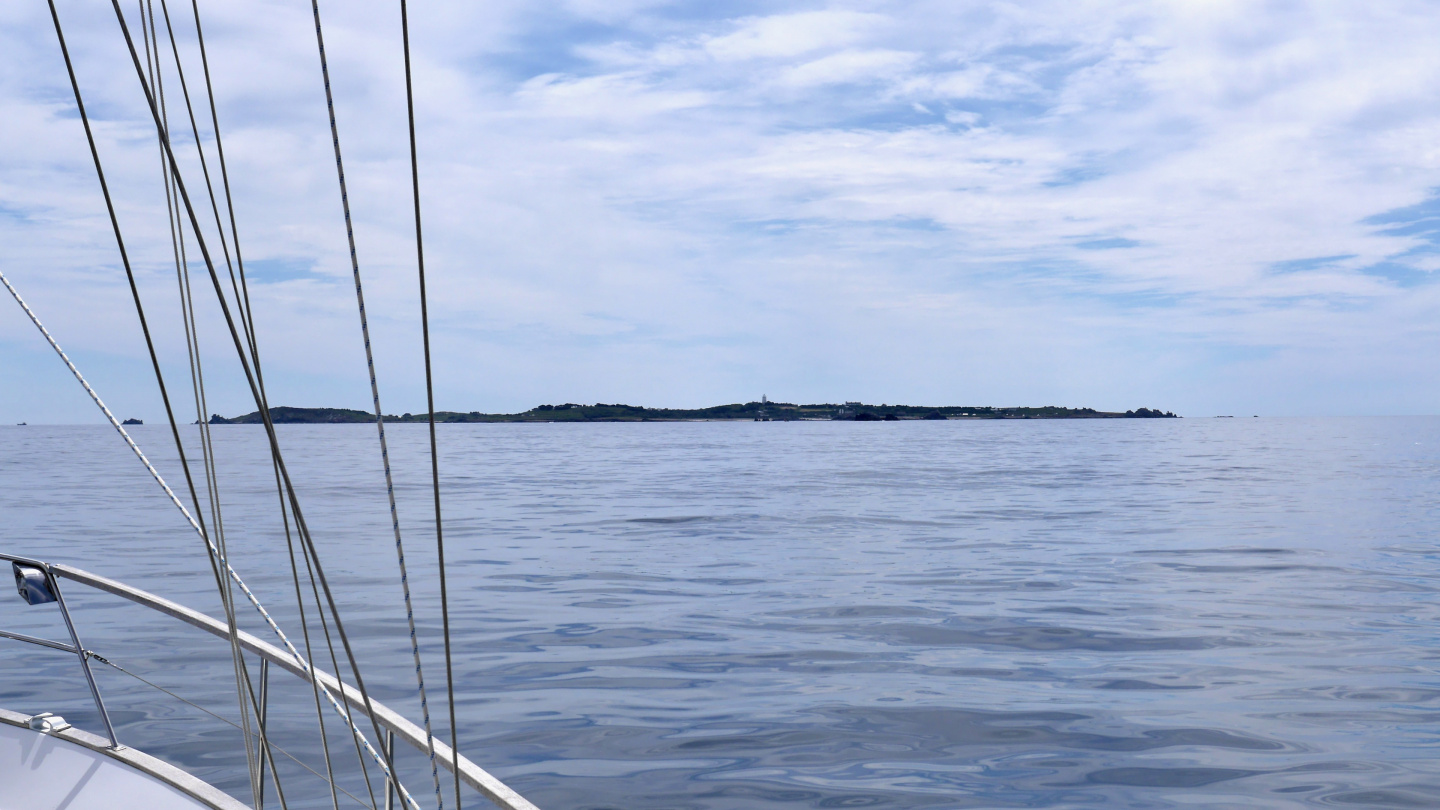In front of us we had the longest sail of this summer, the crossing of the Celtic sea that is 140 nautical miles from Kinsale to the Isles of Scilly. The strong winds should had to end on Monday morning and we planned a departure for the afternoon. We estimated that the voyage would take something like 24+ hours.
In the wee hours of Monday we had another boat alongside us. The British yacht arriving to regatta had sailed from Plymouth and its crew was completely exhausted, as they had been sailing all night into the wind with waves crashing over the bow. When Andrus asked in the morning, how was the sail, he got an indifferent look with a comment not to talk about the sea. During the night they had damage to several places on the boat, like for example the wires going to the bow lights were broken and water was leaking from bow hatch.
The harbourmaster was busy trying to get the visiting yachts to leave before the regatta, thus a few days earlier he come to see us with the crew of French boat Delnic. They were also on a way to the Isles of Scilly and waiting like us for calmer seas. We had the same plans and we quickly agreed to depart around the same time.
On Monday morning we acquired last provisions and untied the lines leaving Ireland behind in the afternoon.
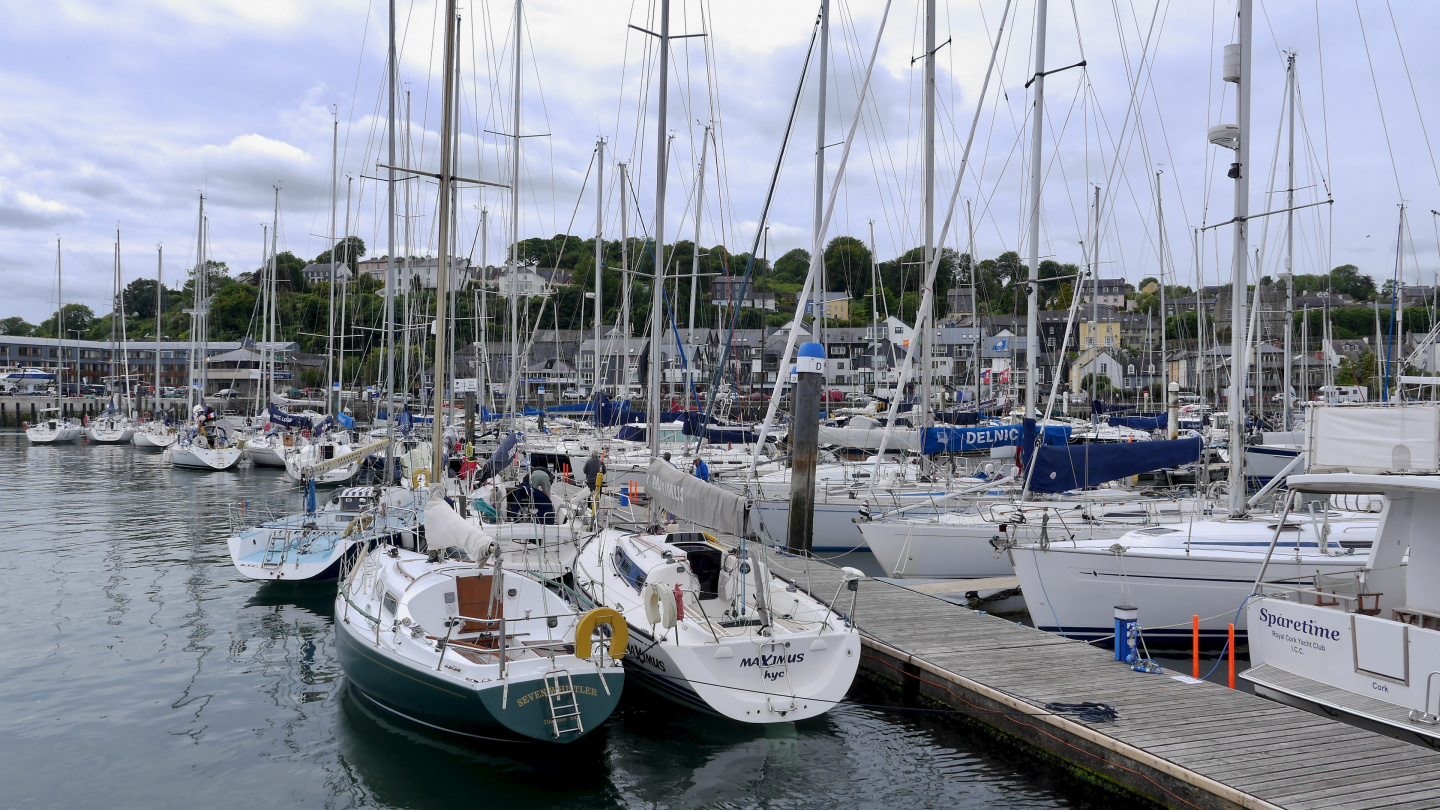
The first 20 miles there was only very light wind and we were motorsailing. When the wind increased to 10-12 knots from the west, we hoisted quickly the gennaker. We think that the sailing with gennaker is the sailing at its best and we were enjoying magnificent summer day while Suwena sailed at seven knots.
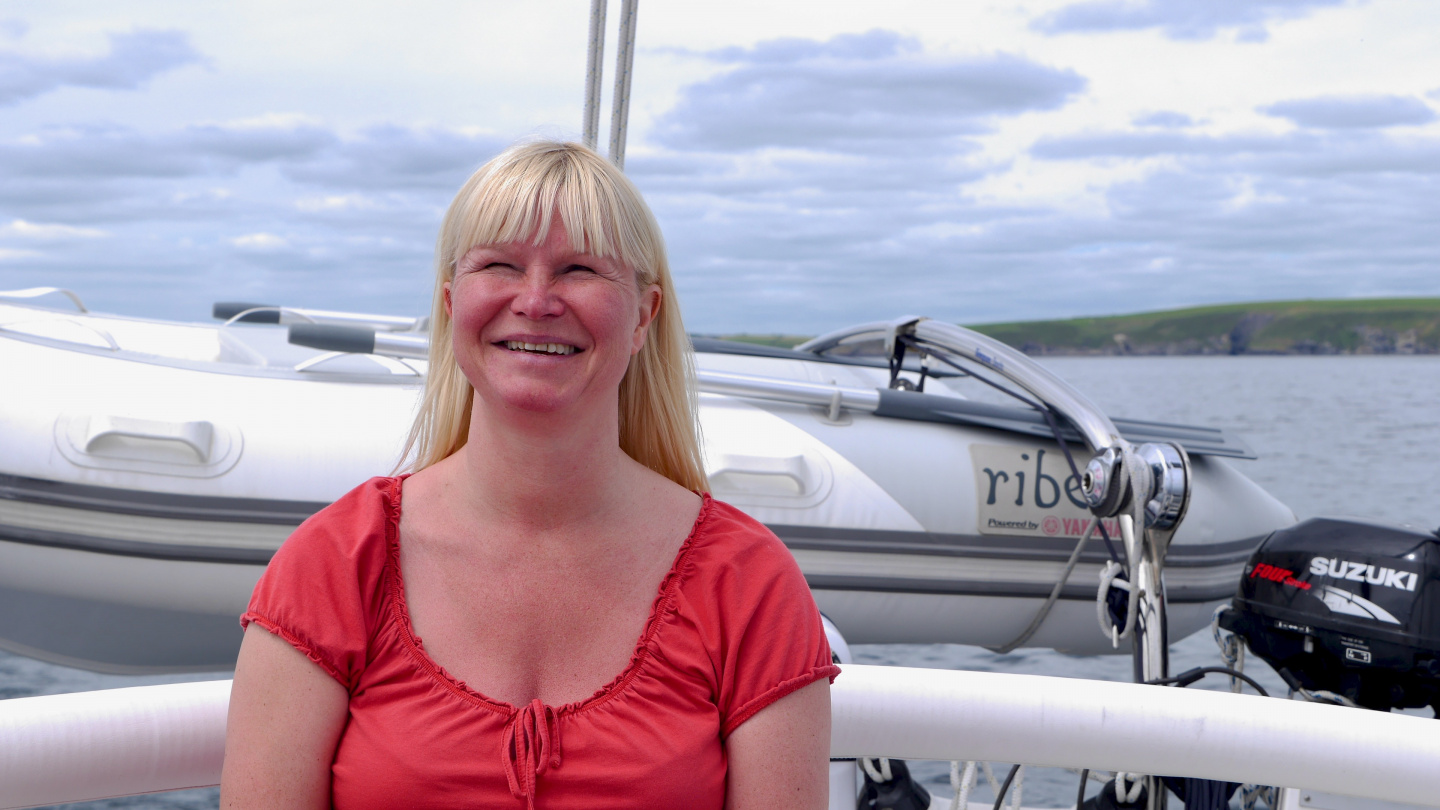
Even if we had agreed beforehand to keep in touch on VHF we were startled when VHF called “Suwena, Suwena, Suwena this is Delnic”. We have been sailing on the unbeaten path and not had much calls to our boat on VHF. Delnic had departed about on hour after Suwena and there were now two yachts built in Finland crossing the Celtic Sea; Swan Delnic and our Nauticat Suwena.
The gennaker was pulling Suwena nicely towards southeast for 60 miles. The evening arrived and Andrus was admiring the bright stars in the sky. The time passed quickly as we tried to remember the constellation names both in Finnish and English.
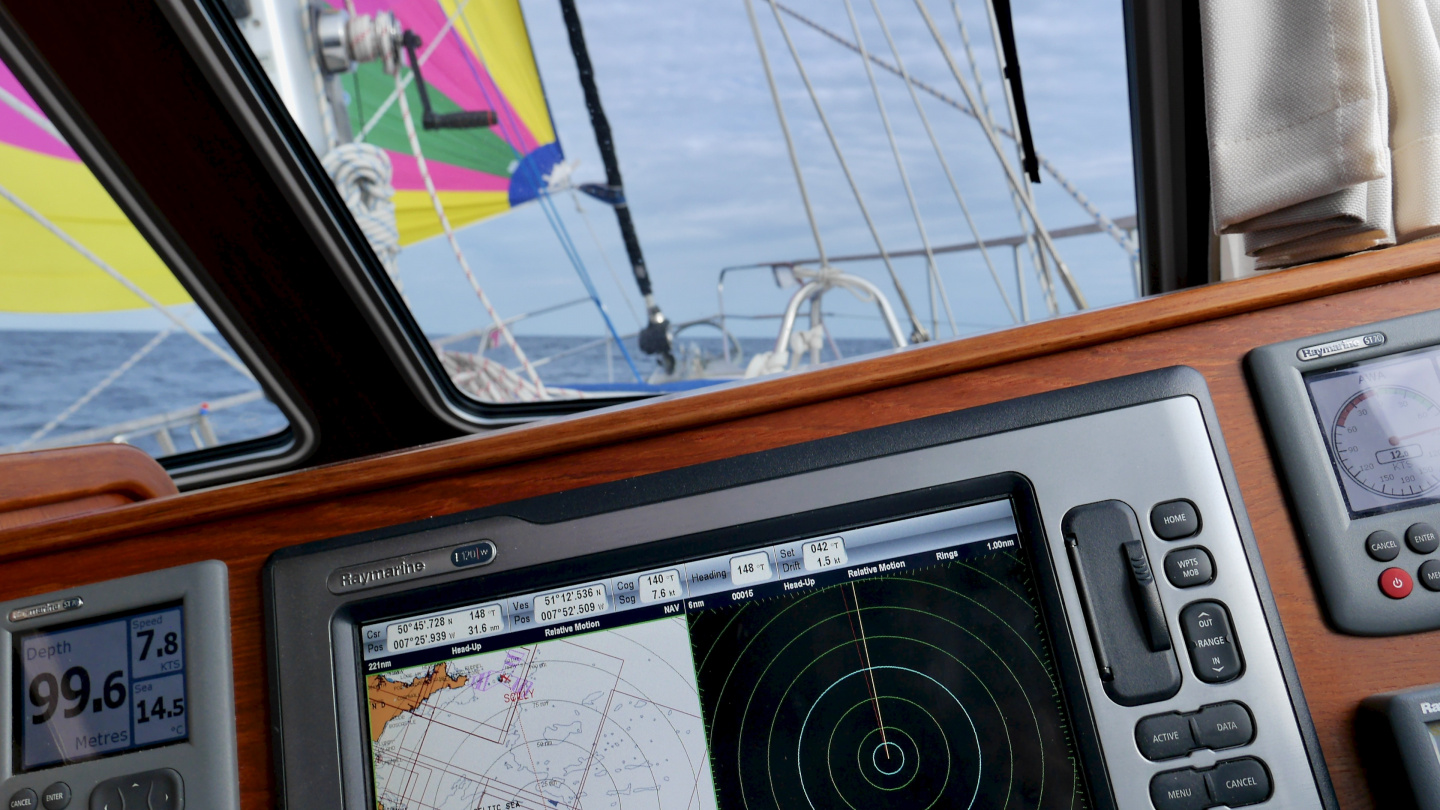
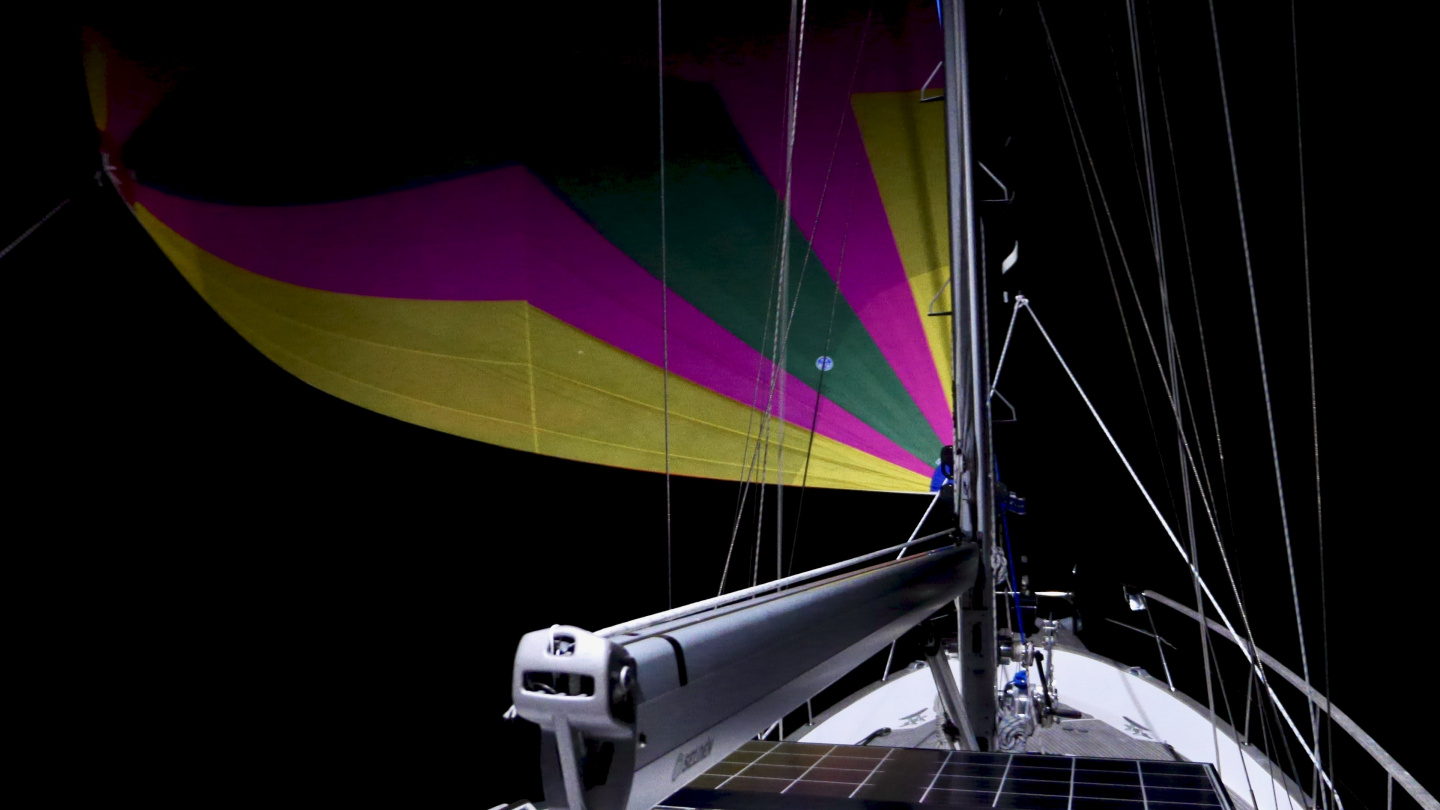
In the night we kept watch in turns. As I’m blind we have the following routine. When it was time for the skipper to sleep, Andrus is checking that AIS and the radar have adjusted correctly with alarms. I make sure that the boat keeps the course and the sails are pulling and I’m waking Andrus each 20 minutes to quickly look at that there is nothing around us. After Andrus had some rest for a few hours it is my turn to sleep for a while. Btw, during the whole night we did not see lights of any vessels.
I had just fallen to sleep for about an hour when Andrus at 3 am arrived to wake me up, “the wind had died and we have to take the gennaker down my dear”. The stars were now behind the clouds and it was pitch-black outside the boat despite of the deck lights. It didn’t bother me at all 🙂 We bagged the gennaker and put it back into the forecabin from the front deck hatch.
The nighttime sea was so refreshing that sleep was left into Suwena’s wake and it was again time for skipper to take a nap. Perkins was quietly purring under the salon floor and I had to exercise in the small hours to keep me awake. At 7 am Andrus relieved me from watch and I woke up the smell of fresh coffee at nine.
The night sailing is a very different thing – at least for us. This time there were no surprises and we picked up one of the last free buoys in the front of Hugh Town exactly 24 hours after letting the lines go in Ireland.
